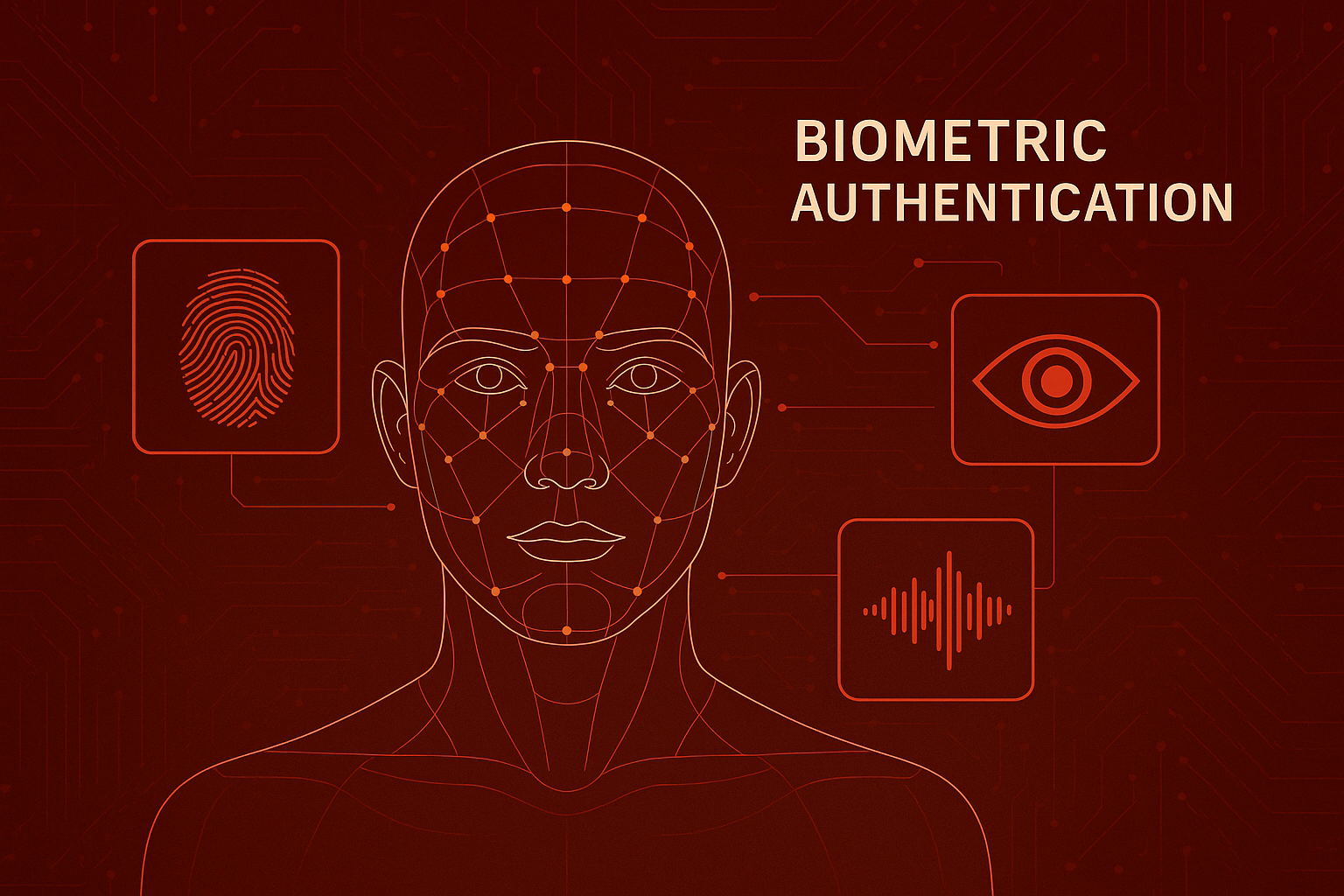Introduction
In an increasingly digital world, the need for secure and seamless authentication is more critical than ever. Traditional passwords are prone to theft, forgetfulness, and breaches. Enter biometric authentication—a revolutionary technology using unique physical and behavioral traits to verify identity.
What is Biometric Authentication?
Biometric authentication involves the use of biological data—such as fingerprints, facial recognition, iris scans, voice, or even behavioral patterns like typing rhythm—to confirm identity.
Why It’s Game-Changing
-
Uniqueness: Biometrics are nearly impossible to replicate.
-
Convenience: No need to remember passwords or carry tokens.
-
Speed: Authentication is instantaneous, improving user experience.
-
Security: Reduces the risk of identity theft and phishing.
Real-World Applications
-
Smartphones & Devices: Unlock your phone with your fingerprint or face.
-
Banking: Facial and voice recognition for mobile banking and ATMs.
-
Healthcare: Secure patient identification and data protection.
-
Border Control: Facial and iris scans for fast and safe entry.
The Future of Biometric Tech
With advances in AI and deep learning, biometric systems are becoming faster, more accurate, and more adaptive. Expect multi-modal authentication, where several traits are combined, and deeper integration into smart cities, wearables, and IoT systems.
Final Thoughts
Biometric authentication is more than a trend—it’s a foundation for the next generation of digital trust. As privacy and security continue to be top concerns, biometrics offer a powerful solution with both convenience and protection.
🔗 Stay secured with innovation – Visit avieralabs.com and follow Aviera Labs
#BiometricAuthentication #DigitalSecurity #Innovation #AvieraLabs #FutureOfTech #CyberSecurity
